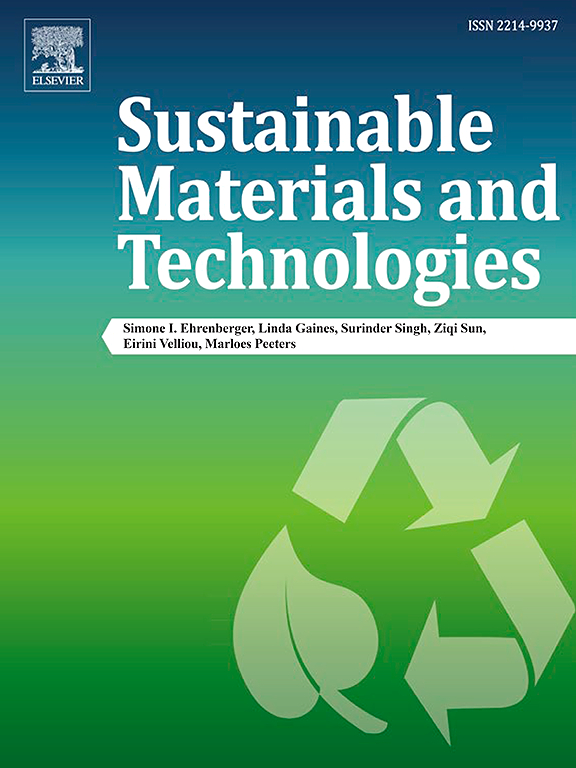三维多孔结构电催化水裂解催化剂
IF 8.6
2区 工程技术
Q1 ENERGY & FUELS
引用次数: 0
摘要
利用水作为电解制氢的原料,产生一种无污染的产品,已经引起了极大的兴趣。对于电化学水分解来说,主要的挑战仍然是电解过程的动力学缓慢。三维多孔材料的比表面积大大增加,可以提供额外的活性位点,促进中间体的吸附和解吸,有利于其催化效率。因此,具有三维多孔结构的催化剂已成为研究水电解动力学的热点之一。本文介绍了具有替代贵金属基催化剂潜力的典型材料,即自支撑多孔材料和支撑多孔阵列。综述了它们的结构/组成特点和合成方法,以及它们在析氢反应、析氧反应和整体水裂解中的应用进展,分析了它们作为电催化剂在水裂解中的优点和挑战。各种改性策略,包括结构,缺陷和混合工程,探讨阐明其对催化剂性能的影响。本文旨在探讨多孔催化剂的结构与功能之间的关系,并通过讨论未来的研究方向,为多孔催化剂的设计提供有价值的见解。本文章由计算机程序翻译,如有差异,请以英文原文为准。

Catalysts with three-dimensional porous structure for electrocatalytic water splitting
The utilization of water as a feedstock for hydrogen production via electrolysis, which yields a non-polluting product, has garnered significant interest. For the electrochemical water decomposition, the primary challenge remains the sluggish kinetics of the electrolysis process. Three-dimensional porous materials with greatly increased specific surface area can provide additional active sites and facilitate the adsorption and desorption of intermediates, benefitting their catalytic efficiency. Therefore, catalysts with three-dimensional porous structures have become one of the focused topics to address the kinetics of water electrolysis. In this review, typical materials, i.e., self-supporting porous materials and supported porous arrays, are introduced due to their great potential to replace noble metal-based catalysts. Their structural/compositional features and synthesis routines, as well as advancements in their application to the hydrogen evolution reaction, oxygen evolution reaction and overall water splitting, are summarized to analyze their merits and challenges as electrocatalysts in water splitting. Various modification strategies, including structural, defect, and hybrid engineering, are explored to elucidate their impact on catalyst performance. This review aims to explore the correlation between structure and function and is expected to offer valuable insights into the design of porous catalysts by discussing prospective research avenues.
求助全文
通过发布文献求助,成功后即可免费获取论文全文。
去求助
来源期刊

Sustainable Materials and Technologies
Energy-Renewable Energy, Sustainability and the Environment
CiteScore
13.40
自引率
4.20%
发文量
158
审稿时长
45 days
期刊介绍:
Sustainable Materials and Technologies (SM&T), an international, cross-disciplinary, fully open access journal published by Elsevier, focuses on original full-length research articles and reviews. It covers applied or fundamental science of nano-, micro-, meso-, and macro-scale aspects of materials and technologies for sustainable development. SM&T gives special attention to contributions that bridge the knowledge gap between materials and system designs.
 求助内容:
求助内容: 应助结果提醒方式:
应助结果提醒方式:


